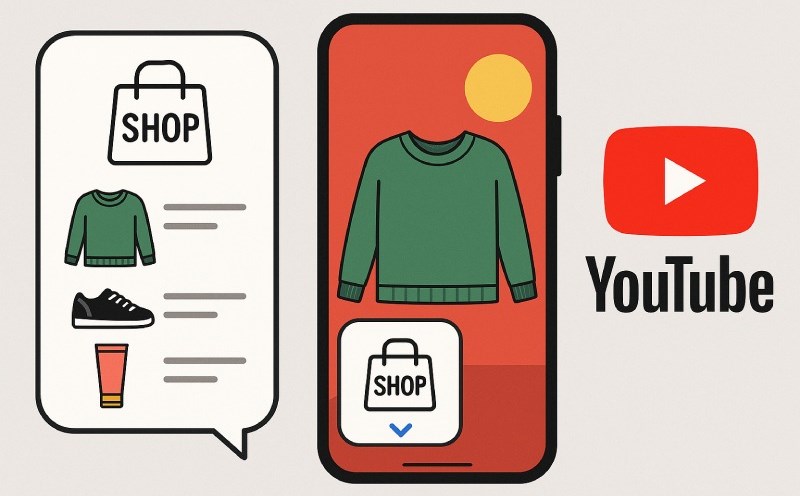The Australian internet watchdog and YouTube platform have made a public statement of the controversy as eSafety Julie Member Inman Grant called on the government to cancel the YouTube exemption plan in the ban on social media for people under 16 years old, which is expected to take effect in December.
Under the upcoming law, Australia will become the first country in the world to fine social media platforms if it cannot prevent users under 16 from accessing them. Prime Minister Anthony Albanese's government has announced a exemption for YouTube, citing the platform's educational and medical purposes. However, other companies such as Facebook, Instagram, Snapchat and TikTok said the decision was unfair.
Speaking at the National Press Club in Sydney, Inman Grant stressed that there should be no exceptions when the law comes into effect. She cited the results of her agency's research showing that 37% of children aged 10 to 15 are exposed to toxic content on YouTube - the highest among social networking platforms.
She said that social networks use addictive design as an algorithm for suggesting content and notification to keep users longer. YouTube has been purely accurate about that, with blurred algorithms pushing users into content chains that they cant get rid of by themselves, she said.
YouTube strongly denied it. In a blog post, YouTube's public policy representative in Australia and New Zealand, Ms. Rachel Lord, said that Ms. Inman Grant gave inconsistent advice and ignored government data. According to Australian government research, 69% of parents think YouTube is suitable for people under the age of 15.
YouTube is considered suitable for young children by both parents and teachers, but eSafety deliberately ignored that, Lord wrote.
Responding to YouTube's exemption polls, Inman Grant said she puts children's safety above any political issues or any support she would like.
A spokesperson for media Minister Anika Wells said the minister is reviewing recommendations from eSafety and her top priority is to ensure that the draft regulations achieve the goal of protecting children from the harmful effects of social networks.











